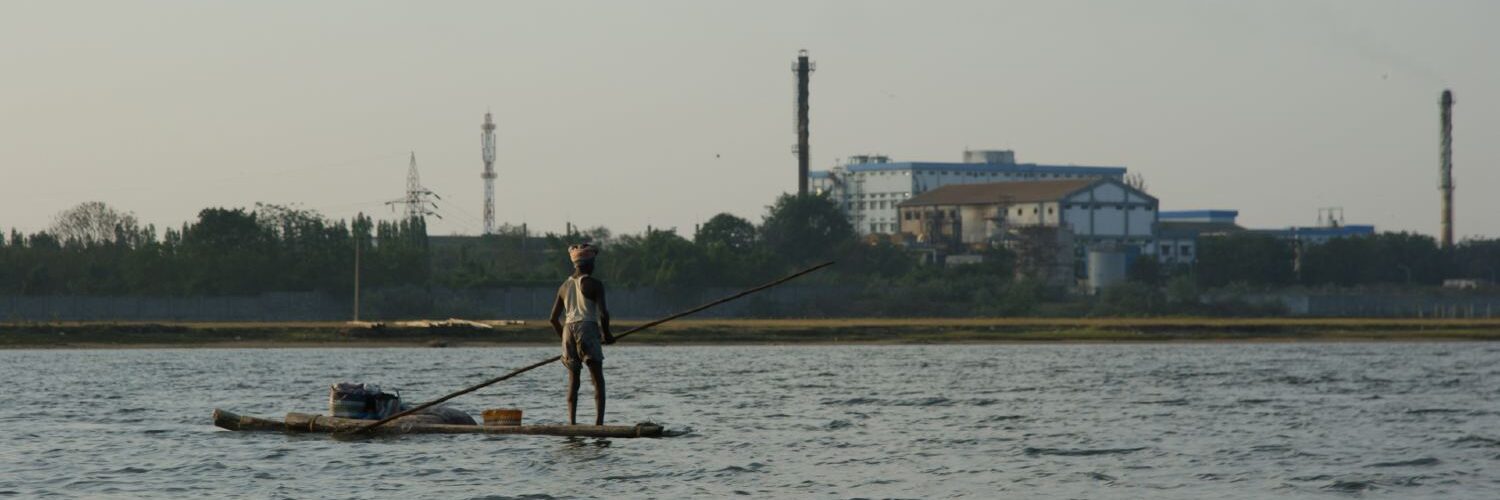August 23, 2010
G Babu Jayakumar
Expressbuzz
By definition, it is an open gathering of officials and stakeholders at which people are allowed to freely offer comments. Officials are not obliged to act on them or even to respond publicly to the issues flagged by the participants.
But “open” and “freely” are terms government officials are not exactly comfortable with. So, they often look for workarounds to overcome the public hearings hurdle that has been made mandatory before taking the final call on major development or industrial projects that could result in human displacement or have an impact on the local ecosystem.
Like at Kalpakkam in 2001 when a public hearing was held on setting up a new nuclear reactor when work on the project was already under way. More of that later. Or at New Washermanpet in Chennai on June 18 this year at a public hearing on a solid waste management project at Kodungaiyur dumpyard where DMK cadre muzzled voices of dissent (see case study).
A public hearing this writer attended at the Kancheepuram district collector’s office way back in 1999 for the National Thermal Power Corporation’s coal-fired power plant at Cheyyur witnessed high drama. The entire premises bustled with people from villages that would have been affected by the plant. All of them vociferously opposed it fearing environment degradation. The project was dropped. Or was it? For, rumours of a gas-powered power plant at Cheyyur have been doing the rounds for quite some time now. Remember the proposed greenfield airport project at Sriperumbudur that was supposed to have been dead following public outcry? It is back on the table. Only the other day, Chief Minister M Karunanidhi clarified that soil tests have been conducted at the project site.
When the Kalpakkam nuclear establishment was set up in the 1970s, there was no such thing as a public hearing. The concept of public hearing was first introduced in 1994 through a government notification. It all started with a proposed power project in Kerala’s Silent Valley in the 1980s. Opposition to the project on environmental grounds was so intense that the government had to kill it. That was when the Centre woke up to the possibility of ecological disaster and made public hearings mandatory.
Accordingly, in 2001, the Kalpakkam nuclear establishment had to turn to the people to hear their views on a plant that was to be located well within their premises. The authorities went through the motions of holding a public hearing since work on the nuclear plant has already started. No prizes for guessing that the project was cleared despite vehement opposition. In fact, soon after the public hearing was over, top officials of the nuclear establishment told reporters that the project would get the green light. How did they know? “Come on, this is a project that enhances Indias strategic depth. Would the Centre abandon it?” Need any more convincing?
That brings us to the basic question: are public hearings in India a farce? In 2002, green activist Shweta Narayan was at Valsar in Gujarat where a chemical industry wanted to expand its pesticide making facility. She was among the six activists who attended the public hearing held within the company premises.
The venue was packed with workers and union office-bearers, who at the first instance of an activist raising objection, surrounded and literally chased them out. The police, who were outside, took them in their vehicles to the nearby station and gave them just one choice: take the next train and leave. They did just that.
Another public hearing at Melakotaiyur in 2004 for the setting up of a hazardous waste dumpyard at Kelambakkam, near Chennai, saw 700 people opposing it. The project was scrapped. But subsequently Gummidipoondi was suggested as an alternative site for the dumpyard and a public hearing held without the mandatory environment impact assessment.
Despite massive opposition, the project was cleared. How a project unsuitable for Kelambakkam could be implemented in Gummidipoondi, wonders Shweta.
At the public hearing for the Cuddalore Power Corporation Limited in 2007 for a 1,320 MW coal-fired plant, around 1,500 people opposed the project. The people were so charged up that a small crowd fell at the feet of the district collector urging him not to clear the proposal.
When the collector was whisked away, the people held a road roko. Two weeks later, a case was filed against 18 villagers for allegedly disrupting a public servant from discharging his duty and the activists at the venue, including Shweta, were cited as witnesses.
When the next public hearing was held a month later, barricades were erected en route the venue and villagers turned back. Only those who were given “tokens” by the village administrative offices were allowed attend the public hearing. Of course, the project was cleared.
Also read:
- Public ire against waste facility in Perundurai
- DMK mens show of strength in Kodungaiyur
- Yes men armtwist distillery opposers
